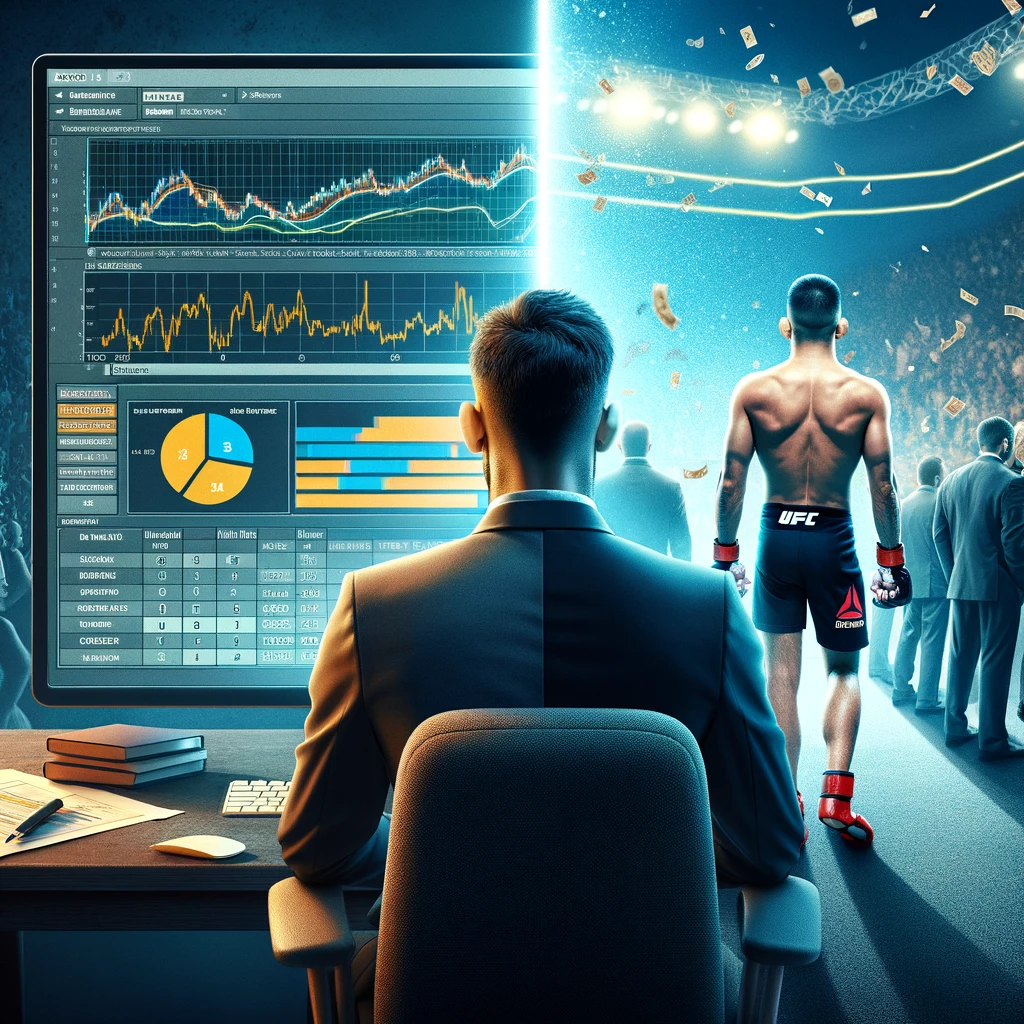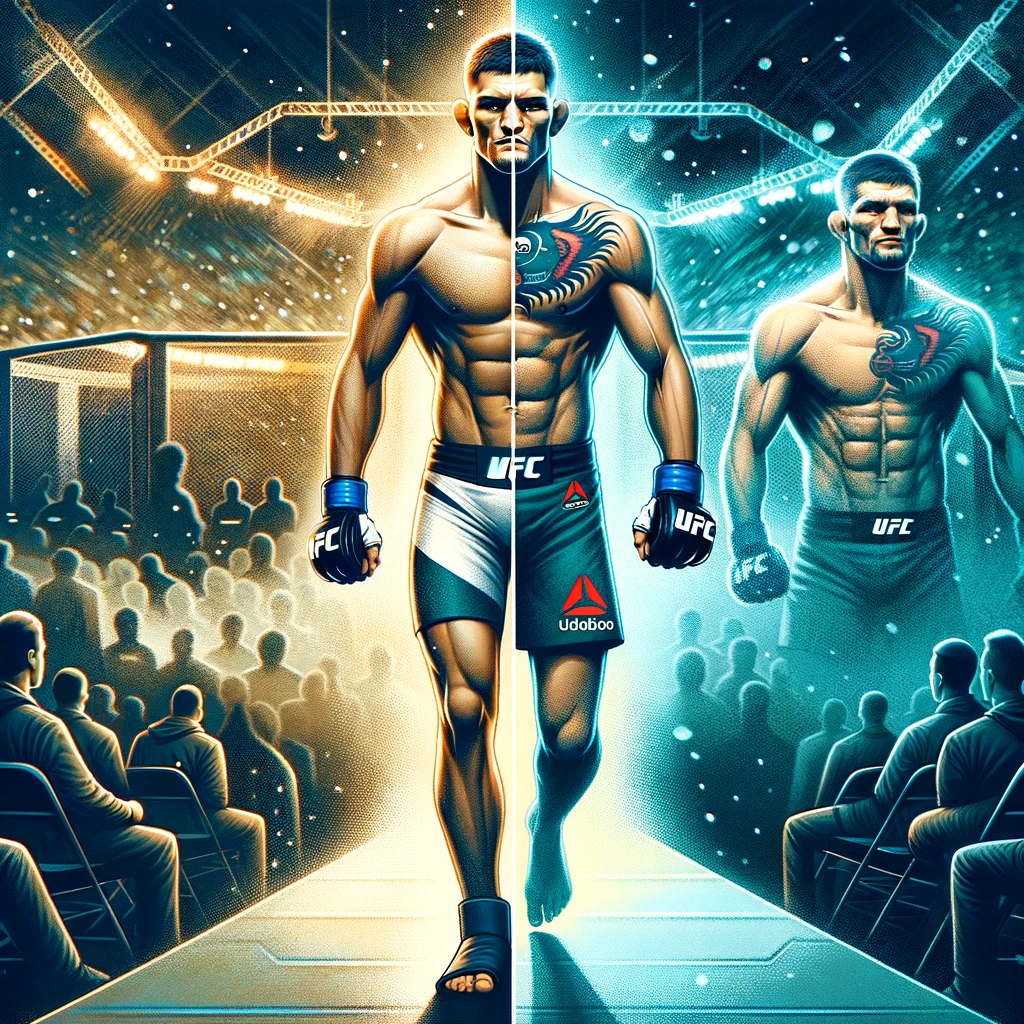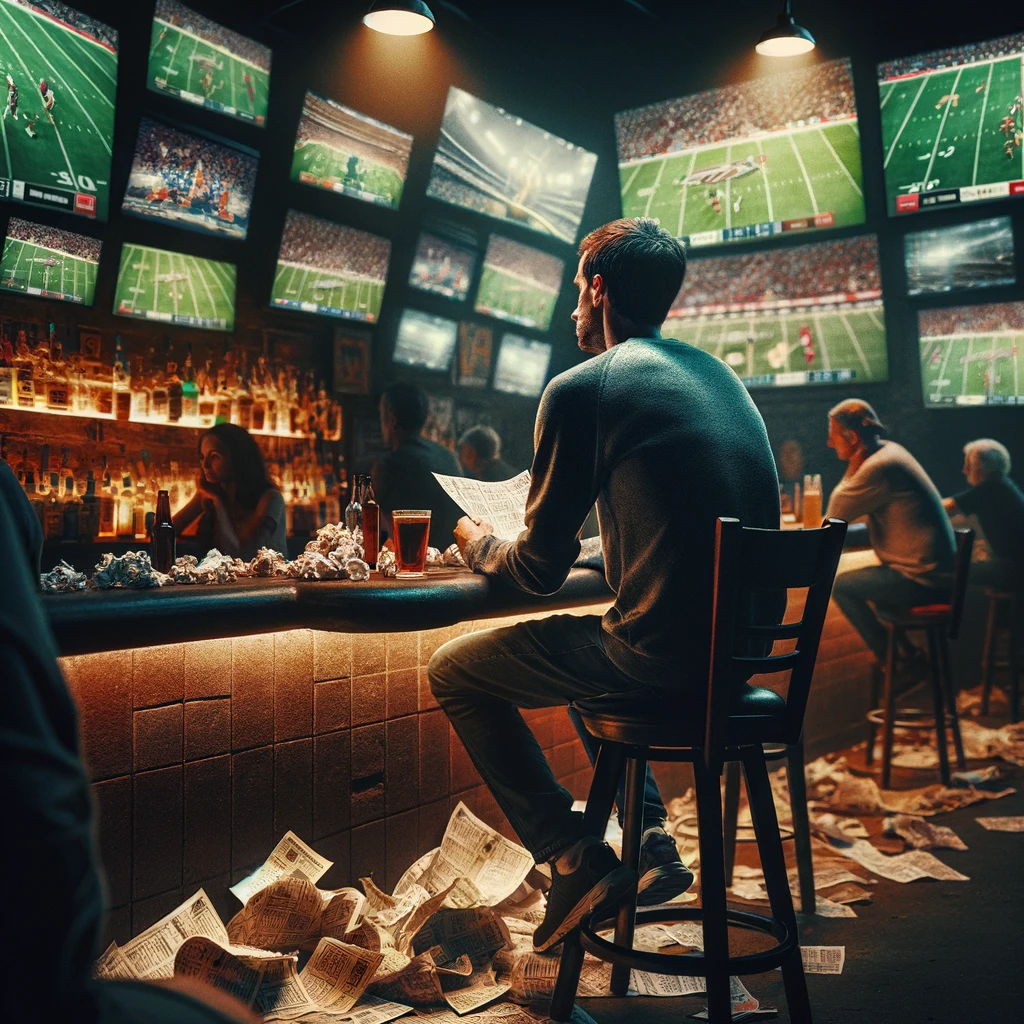It’s crucial to understand the nature of odds and how they are set by bookmakers. This guide emphasizes that the odds provided by bookmakers often reflect a combination of statistical analysis, historical performance, public opinion, and expert insights, but they may not fully account for the nuanced, real-time observations that can be made during a fighter’s walkout. Here’s how to explain this in the guide:
Understanding Betting Odds in UFC
1. How Odds are Set
- Bookmakers use comprehensive data analysis, focusing on historical fight outcomes, fighters’ track records, physical stats, and sometimes public betting trends.
- These odds are a blend of hard data and subjective judgment by the oddsmakers.
2. Limits of Pre-Fight Data
- While comprehensive, this data primarily focuses on quantifiable metrics and past performance.
- It often does not account for real-time variables such as a fighter’s physical and mental state during the walkout.
3. Walkout Observations: An Untapped Resource
- Walkout analysis involves observing factors like energy levels, body language, and signs of dehydration or overtraining, which are not typically quantified in pre-fight data.
- This aspect of analysis is more subjective and relies on the observer’s ability to interpret non-verbal cues.
4. No AI Involvement (Yet) in Walkout Analysis
- As of now, there is no widespread use of advanced AI or machine learning algorithms in analyzing a fighter’s walkout to predict fight outcomes.
- This means that walkout observations remain largely an untapped resource in betting, offering a potential edge to bettors who can accurately read these signs.
5. Integrating Walkout Analysis with Odds
- Bettors should use walkout observations as a supplement to the odds, not a replacement.
- This approach can provide an edge, especially in cases where the odds may not fully reflect a fighter’s current state.
6. Real-Time Decision Making
- Walkout analysis offers the advantage of real-time decision-making, allowing bettors to consider factors that may not have been evident at the time the odds were set.
Conclusion
In this guide, it’s important to stress that while bookmakers are adept at crunching numbers and setting odds based on a wide array of data, they do not typically factor in the real-time, subjective observations that can be made during a fighter’s walkout. This presents an opportunity for bettors to gain an edge, provided they have developed the skill to accurately interpret these real-time signals. However, it’s also crucial to remind readers that betting always carries risk, and walkout analysis should be one part of a comprehensive betting strategy.
Please see the previous blog post regarding what to look for during the UFC walkout to maximize your betting edge.






